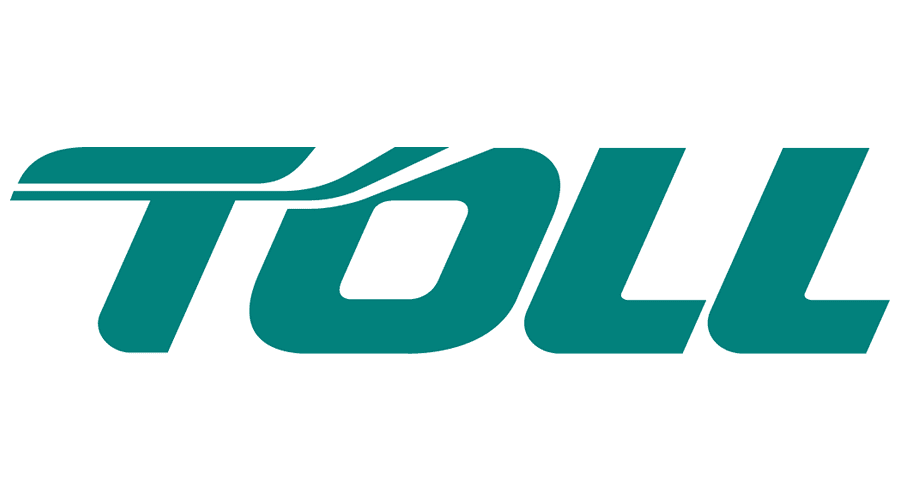Organisations face an abundance of varied regulations across the globe. Exactly which ones apply depends greatly on the size or type of the organisations and the location or industry in which they operate. In the area of accounting compliance, the focus is on ensuring accurate transaction processing and reporting of financial results, and complying with regulatory guidelines, such as Sarbanes Oxley (SOX), European Union (EU) and other regulatory guidelines. The compliance aspect relies on having a high degree of controls, the segregation of duties and detailed audit trails.
Here’s the simplest definition: Compliance ensures an organisation discloses how well it is or is not complying with the relevant regulations. To demonstrate full compliance, organisations must build and maintain reports that can be produced during audits. Plus, organisations must not only publish statements to that effect in annual financial reports but also avoid violating any regulations at any given moment.
Failing to comply with the industry standards, laws, rules and regulations set by regulatory bodies and government bodies can result in hefty penalties, reputational losses and expensive legal actions. Even worse, non-compliance can even cause organisations to fail or be shuttered.
Why Do Compliance Reports Need To Be Effective?
What does effective compliance reporting look like for enterprise performance management (EPM)? Well, let’s start with defining exactly what effective means. What does ‘effective’ mean? The thesaurus definition states that effective = being successful in producing a desired or intended result.
In the context of EPM and financial and operational reporting, I would suggest that effective means the reports demonstrate compliance with all the regulations relevant to the organisation in the industry and geographies in which the organisation operates.
Effective compliance reporting should have the following characteristics:
- Meaningful: Effective compliance reporting must deliver meaningful reports. Importantly, many compliance reports go to senior executives, board directors and external stakeholders. While they might understand the concepts for regulatory compliance, these groups won’t necessarily know all the lingo or terms that might be used within the organisation.
- Timely: Effective compliance reporting must be generated in a short timeframe and be as automated as possible. The quality of the data is especially important – meaning controls, auditability and traceability all help ensure effectiveness. The manual creation of compliance reports is ineffective, expensive, painstaking and highly prone to error, which is a big reason EPM software is widely used for compliance reporting.
- Purposeful: Customers can often require compliance reports. For example, a customer might want to understand an organisation’s cybersecurity, anti-corruption programs or ESG performance – before agreeing to do business with the organisation. Effective compliance reporting can address customer questions in those areas. (And as the business landscape keeps marching towards a world of high regulatory and ethical expectations, those demands from customers will only get more insistent.)

Important Factors to Achieve Effective Compliance
To achieve effective compliance reporting requires fully reviewing the existing systems and processes and then taking steps to eradicate manual activities by replacing spreadsheets and manual data uploads. Only by fully automating key financial processes and reporting within a unified, governed and flexible EPM platform can organisations achieve an effective and streamlined reporting process.
A effective unified EPM platform should have financial data quality management (FDQM) at its core. This capability is critical for organisations to drive effective transformation across the Finance function and the Lines of Business. In FDQM, a key requirement is 100% visibility from reports to sources – all financial and operational data must be clearly visible and easily accessible.
The solution should also include guided workflows to protect business users from complexity. How? By uniquely guiding them through all data management, verification, analysis, certification and locking processes.
Strict process controls are vital, and the system should include the following:
- Data and process certification and sign off
- Audit trails from 10K/10Q to GL source account and GL trial balance
- Support for SOX 302 and 404 certification questionnaires to identify financial process weaknesses
Importantly, the unified platform should support all reporting requirements with standard, defined and repeatable processes for financial data collection and consolidation. The ability to produce financial statements that meet GAAP, IFRS and local statutory accounting requirements is paramount to effective compliance that meets all reporting requirements.
What You Need to Know
Effective compliance can bring opportunities to any organisation – including those listed below.
- Reduce costs: Doing the right thing is more important now than ever since reputations are key to attracting and retaining talent. Why? People are attracted to organisations who visibly operate in a responsible way. The result? Lower costs stemming from organisations being able to keep the top talent they recruit for longer, which ultimately helps the bottom line.
- Attract investment: Investment is increasingly driving towards organisations with a focus on the surrounding environment. Roughly $35 trillion is now flowing into ‘sustainable’ mutual funds and ETFs. By doing the right thing (i.e., being compliant), organisations can be more attractive to investors, which brings new opportunities for growth.
- Increase revenue: Customers are increasingly interested in the organisations behind products purchased. And thanks to social media and other digital means of communication, consumers are more aware than ever. Attracting more customers will bring more demand and therefore more revenue.
Organisations can enjoy all the above benefits – and others! – by taking the high road on compliance and ensuring the systems and processes in place can deliver meaningful, timely and purposeful compliance reporting.
Case Studies

Toll Group, part of Japan Post, is a logistics, distribution and freight forwarding business with dual headquarters in Melbourne and Singapore.
Toll’s objective in implementing OneStream was to have a single group team in a single system handle the statutory consolidation and reporting process for all legal entities. This capability would improve the group governance and oversight on compliance activities and results analysis. At the same time, the divisional team resources would be free to focus on internal budgeting and forecasting, performance reporting and local ledger reporting development.
By meeting Toll’s needs, OneStream has enabled a significant improvement in the accuracy and timeliness of reporting. Group governance has also improved, with increased oversight on compliance activities and results analysis. OneStream’s automation of data loads and improved data quality has ultimately allowed the Group to eliminate a massive amount of manual data handling in Excel®.

Johnson Outdoors is a leading global outdoor recreation company that turns ideas into adventure with innovative, top-quality products.
Johnson Outdoors was looking to maximize a single investment in a global Finance platform. They needed to improve multiple Finance processes (e.g., consolidation, reporting, SOX, budgeting, data submission process, audit support and cash flow reporting) – and they needed the platform to be fully owned by Corporate Finance.
The OneStream platform now allows Johnson Outdoors to deliver global financial consolidation, management reporting, guided workflows and a robust planning solution, all in one product and one application. The improvements in data collection, workflow, submission approvals and full audit capabilities back to data sources and the JDE data warehouse have transformed Johnson Outdoor’s compliance processes.
Conclusion
Ultimately, both internal and external stakeholders need to know the information they read about an organisation in reports can be trusted. The reports must also be easy to read and instill confidence in every reader. For organisations who can meet those requirements and take compliance to the highest level by having robust systems and processes in place, opportunities abound to reduce costs, retain talent, attract investment and increase revenue. And the first step to reaping the rewards of those opportunities is putting the right foundational layer in place for effective compliance reporting by implementing a single unified EPM platform, such as OneStream.
Learn More
If your organisation needs to improve the effectiveness of its compliance reporting, maybe it’s time to evaluate your internal systems and processes. To learn more, download our ebook on Reporting & Analytics.
Get Started With a Personal Demo


